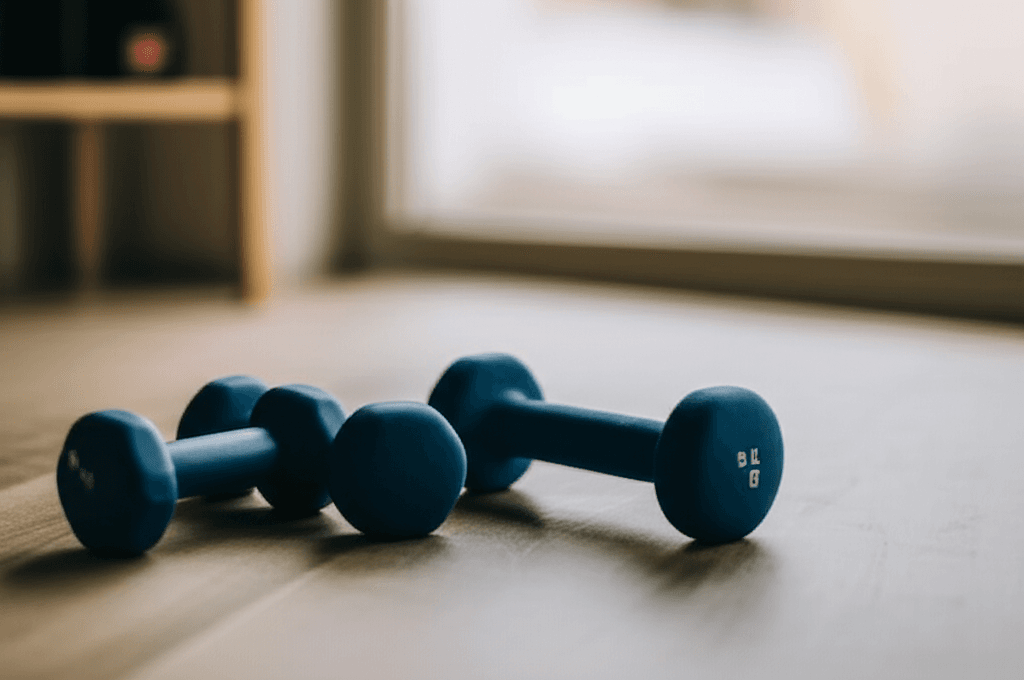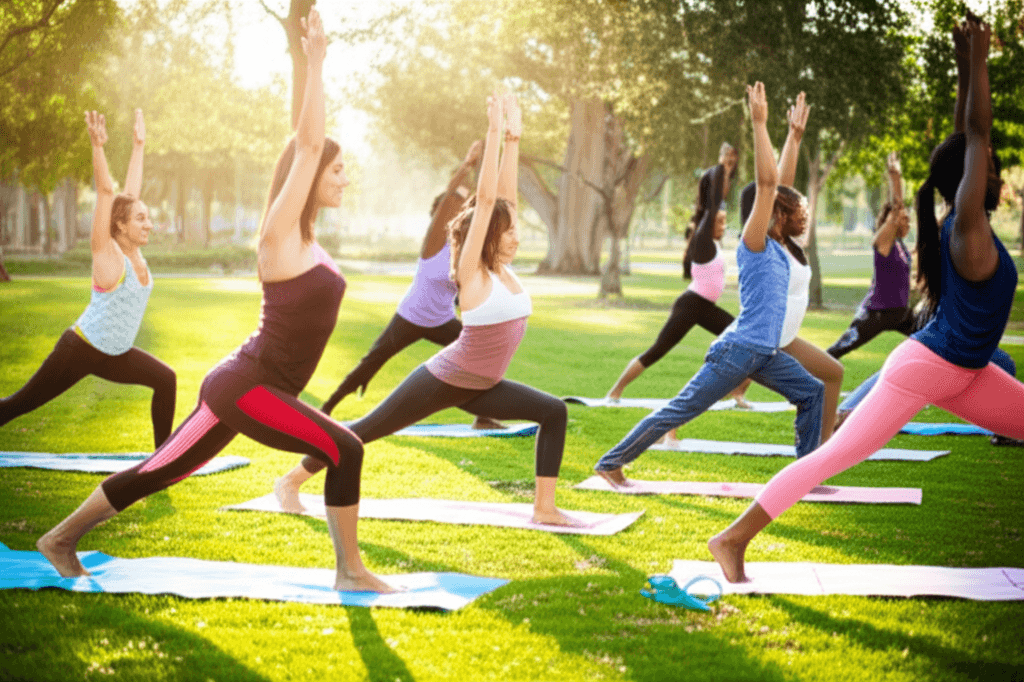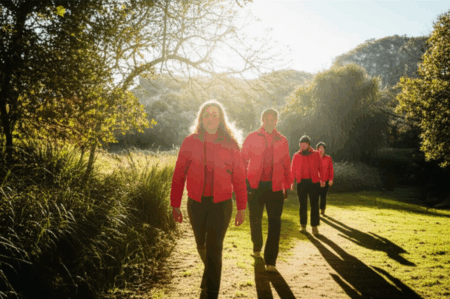Struggling to stick to a fitness routine? You’re not alone. Many people view exercise as a chore, something to be endured rather than enjoyed. However, building a fitness routine that genuinely fits your lifestyle and brings you joy is not only possible but crucial for long-term adherence and overall well-being. The key lies in personalization, flexibility, and a shift in perspective from obligation to opportunity.
Here are five effective ways to create a sustainable and enjoyable fitness routine tailored just for you.

1. Discover Activities You Genuinely Enjoy
The most fundamental step to a lasting fitness routine is finding activities you actually look forward to doing. If you dread your workouts, motivation will always be an uphill battle. Instead of forcing yourself into traditional gym workouts you dislike, explore a wide range of options to find what resonates with you.
Explore Diverse Fitness Options
Think beyond the treadmill and weights. Do you enjoy being outdoors? Consider hiking, cycling, or even gardening. Are you a music lover? Dance classes like salsa, jazz, or even a home dance party can be incredibly fun and effective. Water activities like swimming or water aerobics offer a low-impact, full-body workout. Team sports such as basketball, frisbee, or pickleball can combine physical activity with social interaction.
Leverage Entertainment During Workouts
If you do prefer more conventional exercise, make it more engaging. Listen to your favorite music, podcasts, or audiobooks while walking, cycling, or on the elliptical. Some even watch TV while on a stationary bike or treadmill. The goal is to distract yourself from the perceived “work” and focus on the enjoyment.

2. Start Small and Build Gradually
Overcommitting too early is a common pitfall that leads to burnout and discouragement. Instead, begin with small, achievable goals and gradually increase the duration, intensity, or frequency as your fitness improves. This approach fosters a sense of accomplishment and makes the routine sustainable.
Set Realistic and Measurable Goals
Define clear, specific, and attainable fitness objectives. Instead of a vague “get fit,” aim for something like “walk 15 minutes three times a week” or “complete 10 push-ups daily”. This allows you to track progress and celebrate milestones, which boosts confidence and motivation.
Incorporate Short, Frequent Bursts of Activity
You don’t need long, unbroken workout sessions to reap benefits. The CDC recommends at least 150 minutes of moderate aerobic activity or 75 minutes of vigorous activity per week, which can be broken into shorter, frequent sessions, such as three 10-minute walks a day. Starting with just 5-10 minutes of exercise can count and build slowly.
Prioritize Warm-ups and Cool-downs
Always begin your sessions with a warm-up and end with a cool-down and gentle stretching to prepare your muscles and prevent injury. This is especially important when you’re new to exercise or gradually increasing your activity levels.

3. Integrate Movement into Your Daily Life
For those with busy schedules, intentionally weaving physical activity into everyday tasks can be a game-changer. This approach ensures consistent movement without requiring large blocks of dedicated time.
Utilize Active Transport and Daily Chores
Opt for stairs instead of elevators or escalators. Walk or cycle part of the way to work, or simply walk more throughout your day. Even household chores, like cleaning or gardening, can become opportunities for physical activity.
Maximize Short Breaks and Downtime
Incorporate quick bursts of exercise during commercial breaks while watching TV, or do calf raises and stretches if you work at a desk. Set reminders to get up and move every 20-30 minutes. These “micro-workouts” add up over the day and contribute to your overall activity levels.
Plan and Schedule Workouts
Treat your exercise time like any other important appointment by scheduling it in your calendar. Planning ahead helps you identify ideal times and commit to your routine, making it non-negotiable.

4. Embrace Social Fitness
Exercising with others can significantly enhance enjoyment, motivation, and accountability. Social connections during physical activity can make workouts feel less like a chore and more like a shared experience.
Join Group Classes or Sports Teams
Group fitness classes, like yoga, Pilates, cycling, or dance, offer a structured environment with built-in community and motivation. Joining a sports team can provide regular physical activity combined with teamwork and social interaction.
Find a Workout Buddy
Partnering with a friend or family member for workouts can provide motivation and accountability. Studies show that exercising with friends can help reduce perceived fatigue, allowing you to work out longer and enjoy it more. A commitment to a friend can be a strong motivator to stick with your routine.
Meet New People with Similar Interests
Gyms and fitness classes are excellent places to meet like-minded individuals who share your commitment to a healthy lifestyle, potentially leading to lasting friendships. This sense of community can improve mood and self-esteem.

5. Listen to Your Body and Prioritize Flexibility
A sustainable fitness routine isn’t rigid; it adapts to your body’s needs and life’s demands. Learning to listen to your body and building flexibility into your plan is crucial for avoiding injury, burnout, and maintaining long-term consistency.
Rest and Recovery are Non-Negotiable
Don’t push yourself too hard, especially when starting out. Plan for rest days to allow your body to recover and prevent soreness or injury. Adequate sleep and good nutrition also play vital roles in recovery and overall well-being.
Incorporate Flexibility and Mobility Work
Stretching, yoga, and Pilates not only improve your range of motion and reduce injury risk but can also enhance overall body awareness and reduce stress. These activities can be particularly enjoyable and help balance more vigorous workouts. Remember to stretch when your muscles are warm, ideally after your main workout.
Be Prepared to Adapt
Life happens, and sometimes your planned workout won’t be possible. Instead of giving up entirely, be flexible. If you can’t do a full workout, opt for a shorter session or a less intense activity. The goal is progress, not perfection, and consistent effort, even if imperfect, is more effective than an all-or-nothing approach.







